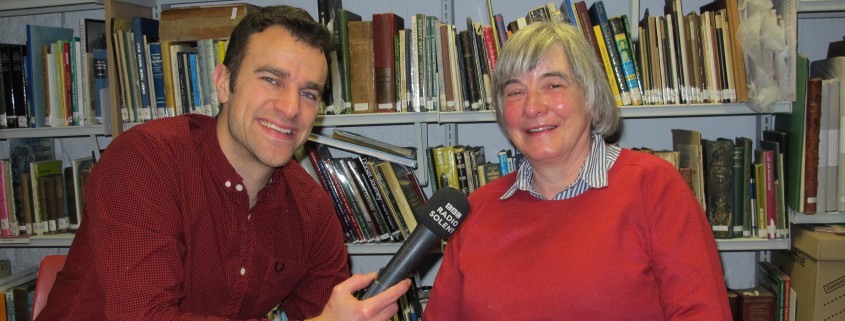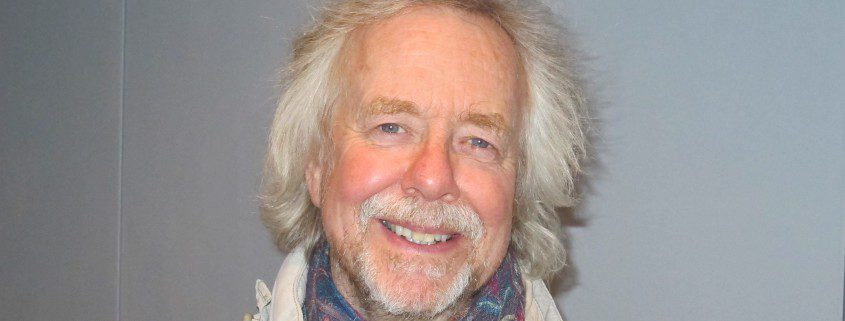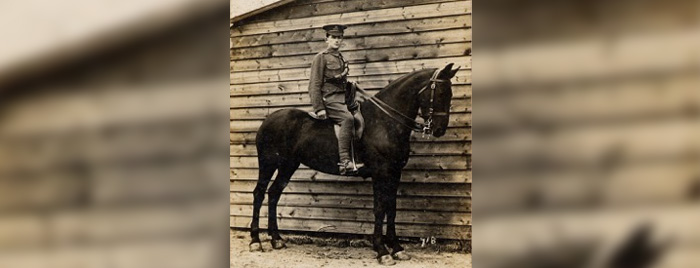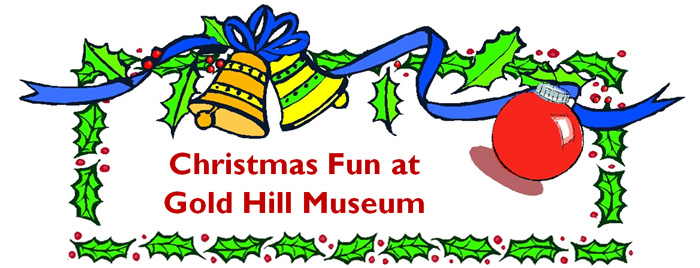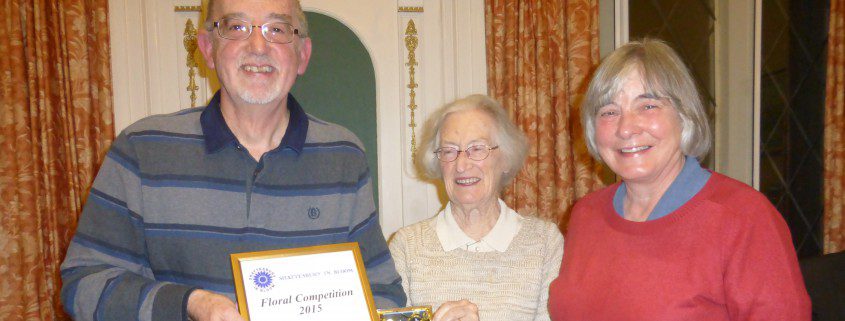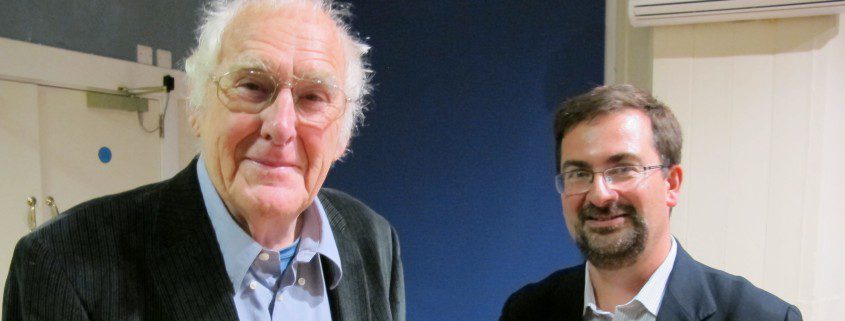New President of The Shaftesbury & District Historical Society, Jo Rutter [photograph, left] prefaced the Teulon Porter Memorial Lecture given in Shaftesbury Town Hall on the evening of 06 October by Professor Peter Clarke [photograph, right] with some amusing recollections of Noel Teulon Porter in the 1950s. In his lecture “Sin in Salisbury Diocese” Professor Clarke set the Papal Penitentiary, the highest church office concerned with the forgiveness of sins, in the context of medieval religious belief and practice. The records of the Penitentiary have been accessible in the Vatican only since 1983; so far Professor Clarke has found and translated 100 petitions from individuals in the Salisbury diocese, 18 of whom were seeking dispensations to marry otherwise disqualified relatives, and 17 dispensations to overcome defects in their qualifications for ordination as clergy, such as extreme youth or illegitimacy. The nuns of Shaftesbury petitioned the Pope for the use of a portable altar, presumably to carry to the outlying granges of the Abbey estates. Depending on future funding, Professor Clarke hopes to examine the Penitentiary registers dating from 1503 to 1569, when members of The S&DHS may be able to help with identifying petitioners and sources relating to them.
On 20 October the funeral took place at Salisbury of Christine Simpson. Christine was in charge of Collection Care during the hectic days of Gold Hill Museum’s redevelopment, when thousands of artefacts had to be packed, transported and stored off-site. When the builders had finished, the same objects had to be returned, unpacked and stored or displayed. Having retired from this demanding voluntary role, Christine continued to be involved in the preparation of temporary exhibitions and in researching aspects of local history with her husband Ray. Gold Hill Museum is arguably one of Shaftesbury’s prime assets and Christine Simpson played a significant role in making it so.

